Kimberley D. Thompson, PhD examines what’s at the relational roots of postpartum depression.
An excerpt from Perfect Mothers Get Depressed
Social media
In the past few years, I began to use social media. Social media is a great tool to stay connected to people across time and space. I have also made the observation that my social media networks act as schematics of my relationships stretching back to my childhood. Scrolling through my lists of connections, I have considered the quality of relationships I have had with people over my lifetime. This sort of life relationship review can be very powerful for women who struggle with depression. Whether you are experiencing depression for the first time during the postpartum period, or whether you have experienced multiple depressive episodes at different periods in your life, the information you gain about yourself can be illuminating.

Power
The idea of a relationship life review came to me when patterns almost came leaping onͿ the screen at me. Earlier in life, the closer the friendship supposedly was, the more likely it was that the relationship was marked by me being more interested in them than they were in me. Sometimes, the other person was domineering and bossy. Sometimes, the other person treated me as an afterthought, or someone to be with if nobody else was available. I was most comfortable with someone who kept me at arm’s length, and who retained all or most of the power in the relationship.
On the other hand, I didn’t really know what to do with a person who didn’t operate on this principle of skewed relationship power. I never put a lot of effort into those relationships. During my review, it was with a little shock that I realized that if someone treated me as if I were valued, I reacted emotionally as if there was something wrong with them. I kept them at arm’s length.
These kinds of patterns are not necessarily global across all areas or periods of life. My own relationship review turned up some healthy relationships as well as unhealthy ones, and the healthy pattern has strengthened and solidified over time. However, the unhealthy pattern was widespread enough that, especially early on, I was subjected to frequent subtle rejection. I also missed out on the joy of being close to some really lovely people.

Relationship patterns
This chapter focuses on patterns in your relationship with yourself and others, and how those patterns relate to depression. In some cases, the research literature has only identified these patterns in people who are actually depressed. In other cases, these patterns have been identified in people who are at risk for depression. This fine distinction will not be made here. What really matters is, if you are struggling with postpartum depression, whether you identify with any of these patterns.
While toxic relationship patterns do not yield easily, it is possible to change them. It is worth the struggle. Any draw you feel to rejecting relationships can diminish and eventually dissipate. New patterns are established one relationship at a time, as mutual respect and support are built thoughtfully and intentionally. When others are distant or hostile, you may hear the internal whisper, “try harder,” but as recovery progresses, another voice begins to whisper back, “accept what they are telling you.” Relationships begin to be viewed in a more balanced way; you begin to identify more clearly the role that the other person is playing in the relationship, and to more clearly define what is reasonable for you to do to keep the relationship afloat.
If a person is telegraphing “stay away,” or “submit to me,” a choice arises whether or not to continue to pour resources into the relationship. In many situations, this is virtually the only choice available for you to make. Sometimes, the wise thing to do is to walk away for a moment. When the problem is more entrenched, the wise thing may be to walk away for a season. Truly toxic relationships may require you, as an emotionally healthy adult, to walk away for a lifetime.
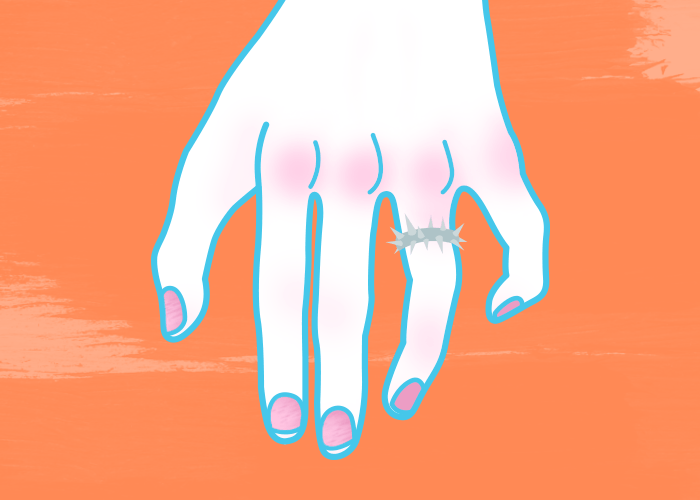
Human beings cannot do and be everything, so whenever you say “yes” to one thing, you are saying “no” to another. The first step in changing life patterns is recognizing to what you are saying “yes” and to what you are saying “no.” It is then that change becomes possible.
Depression has a social nature
Depressed people have certain attitudes, traits, and behaviors that mark their relationships and interactions with other people. These characteristics tend to repel others, to damage relationships, and even to act as a contagion that passes depression on to others.
During the postpartum period, relationship stress will likely rear its ugly head. Often family members are coming to visit, to see the new baby and because new parents usually need some help from others. If family members are sources of depressive beliefs you harbor about people, then their appearance at this time in your life can be stressful. It also may be stressful to discover that the relationship with your partner must adjust and change to accommodate the needs of an infant and a different family structure. Even the new baby can be stressful for someone who expects relationships to be unsatisfying, painful, or difficult. This is a brand new person with whom to be in relationship.
It is an important part of the process to not only identify the belief system and underground patterns that contribute to depression, but also to identify possible sources of those patterns. Until you begin to do this important work, it will seem as if your beliefs about yourself, others, the world, and the future just fell from the sky, or were ordained by God or the universe. You will continue to accept your depressive beliefs as The Inescapable Truth about yourself.
Critical examination

Developing a theory of how you got to this point helps you step back and examine your beliefs critically. Critically examining your belief system should be distinguished from being critical of yourself or of others. The point of this examination is “what is” and “what was,” not “what should have been.” If the thought of identifying some sources of your depressive beliefs makes you uncomfortable or as if you might be adopting a victim mentality, rest assured that this is not about assigning blame. In many families, relationship patterns go back many generations, with each generation just repeating what they know from experience. This is as much of a reason as biology and why depression tends to run in families (Hammen, Shih, & Brennan, 2004). Furthermore, these family patterns may have originated in extreme hardship, such as war, famine, grinding poverty, persecution, and other types of dire threat. Many of us do not have to look back very many generations to find ancestors who lived in conditions of lifelong hardship. Family patterns that are associated with depression may have evolved to help people survive in the ancestral environment (Belsky & Beaver, 2011). The task, rather than assigning blame, is to recognize and understand the patterns and to make conscious choices about what to carry forward into the next generation.
References
Belsky, J. and Beaver, K.M. (2011). Cumulative-genetic plasticity, parenting and adolescent self-regulation. Journal of Child Psychology and Psychiatry 52(5), 619–626.
Hammen, C., Shih, J.H., Brennan, P.A. (2004). Intergenerational transmission of depression: test of an interpersonal stress model in a community sample. J Consult Clin Psychol. 72(3), 511-22.
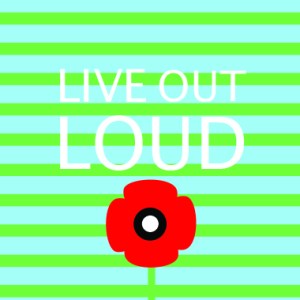


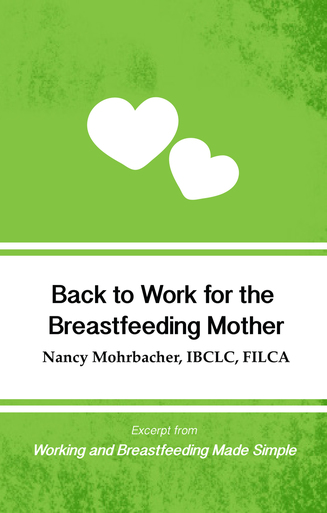
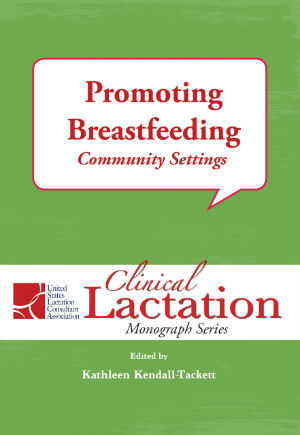
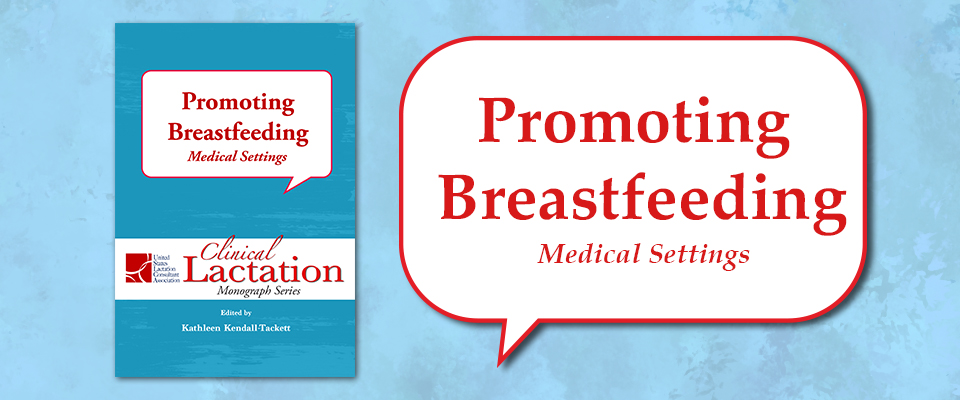


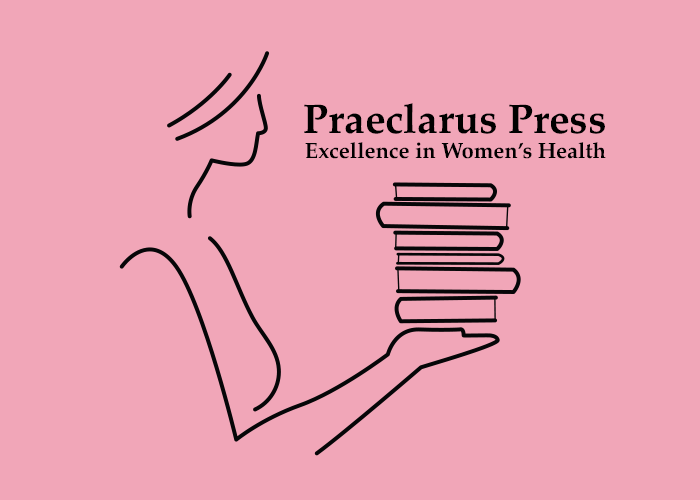



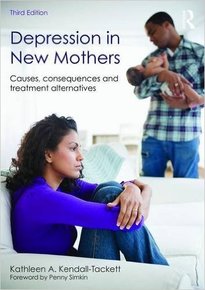
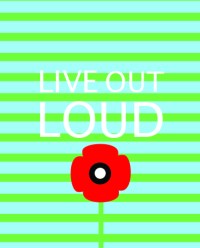

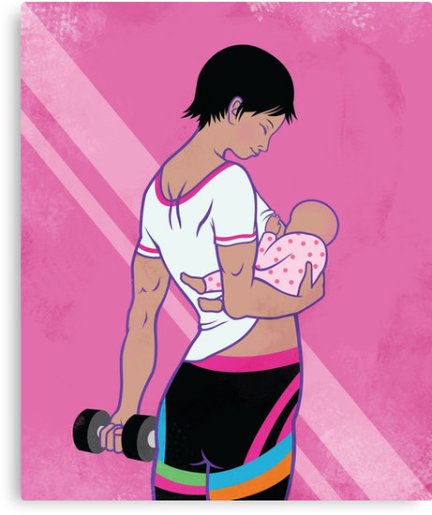






Leave a comment